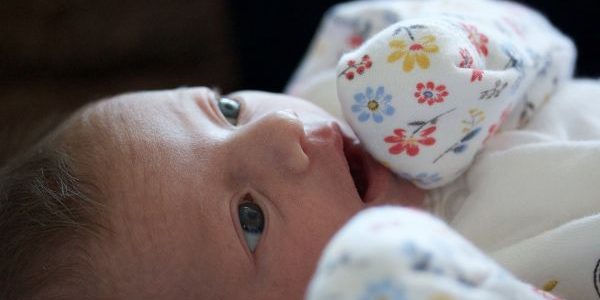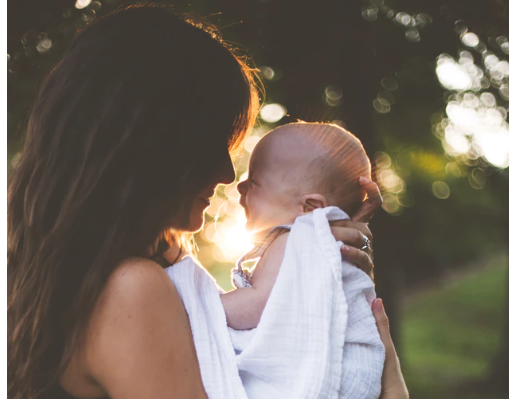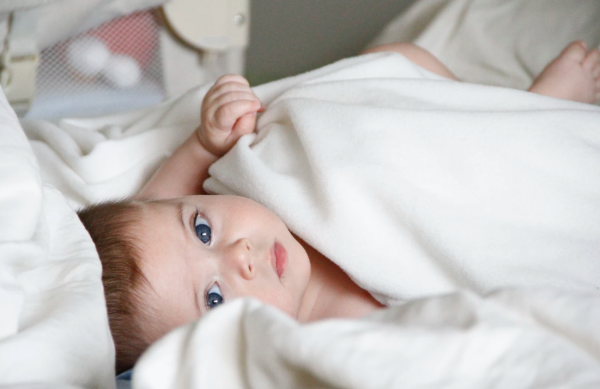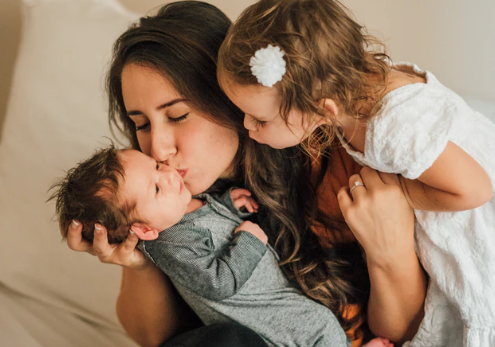
Research shows babies using eye contact are likely to have a better vocabulary
A new study has suggested that babies who frequently communicate with caregivers using eye contact and vocalisations aged one are likely to have better language skills by the age of two.
The Guardian has reported that scientists say the findings should urge parents to pay attention and respond to babies' attempts to communicate before they can talk.
The study's authors looked at 11 and 12-month-old babies' vocalisations, gestures and gaze behaviours and at how they were responded to by guardians.
The work was published in the journal Developmental Science and presented at the British Science festival.

“These have never been looked at together in the same analysis before,” explains Dr Ed Donnellan, from the University of Sheffield, the lead author on the study.
Babies were videoed at home, playing in the same way as normal with parents; and interactions were measured in this way;
“We took those recordings back to the university and very meticulously coded what was happening. We looked out for every time the infant vocalised, or gestured, and we coded all the caregivers’ responses,” said Prof Michelle McGillion of the University of Warwick
A questionnaire about whether their kids could say certain words referring to food, animals and other daily routine topics was given to caregivers to fill out.

A statistical model to discover the best predictor of vocabulary at two-years-old was used, with the benefits higher when interactions with caregivers were followed by a response.
The data showed that at 19 months, children had an average of about 100 words. Those who exhibited more interactive behaviour at one-year-old had an average of roughly 30 extra words.
“What this tells us is that babies are trying to communicate before they have arrived at their first words. When they’re doing this, they are giving caregivers an opportunity to communicate back, and when the caregivers do that, that’s when word learning seems to be improved,” said Donnellan.

“The message of this paper is that it’s a joint effort; noticing what your child is attending to and talking to them about it will support their language development,” said McGillion.
“The joy of this message is that that can happen in any context … across any part of your day. It’s not something that requires special equipment or even lots of time. It can happen when you’re doing the laundry, for example – when you’re taking out the socks, you can talk about socks … in the park, in the car, at mealtimes, at bath times. This finding can be used in any context.”
McGillion hopes that further studies across more age ranges will take place as a result of this work:
“This is a developmental snapshot in the first year of life, but children are constantly growing and changing and so are their behaviours."
